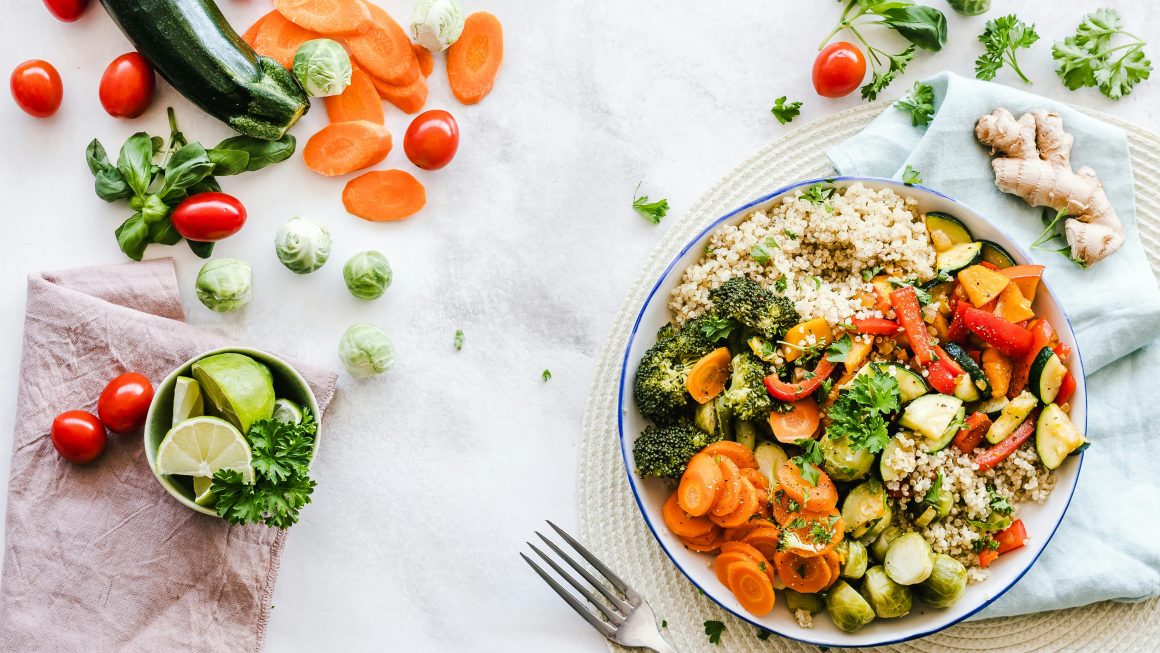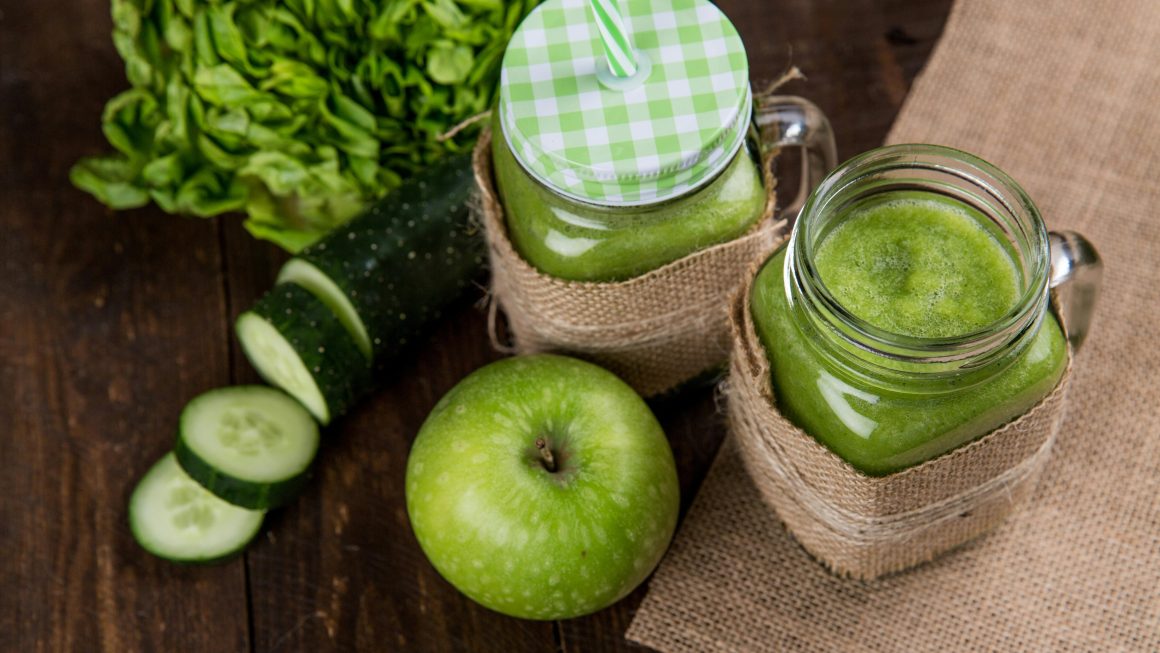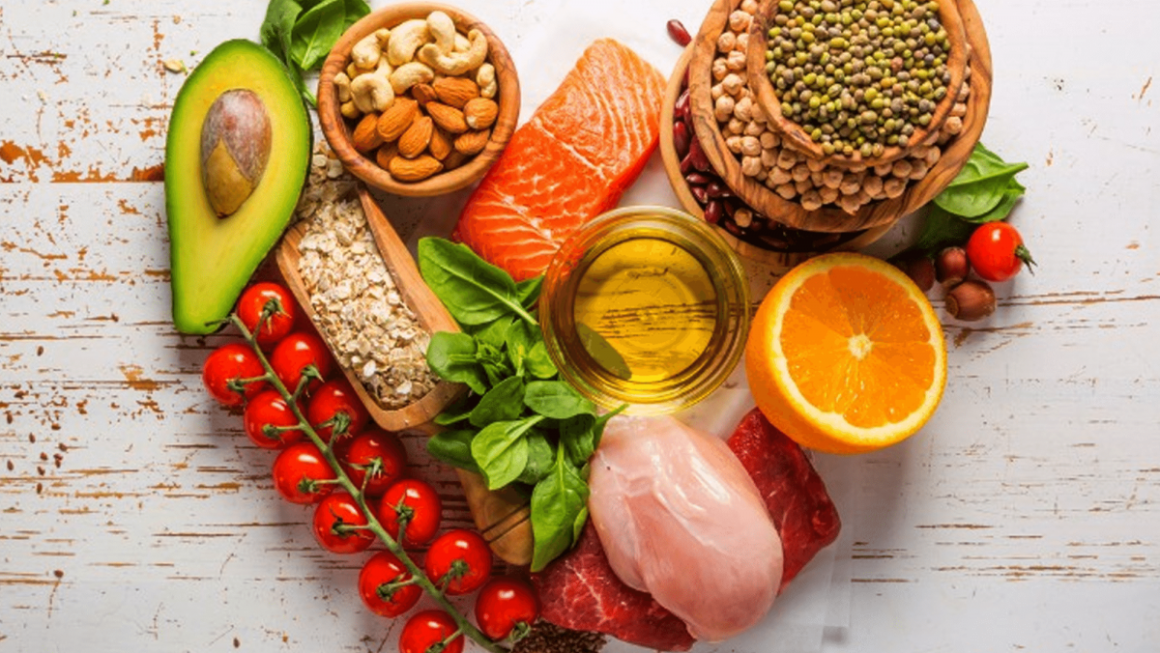Inflammation is your body’s natural defence mechanism. It helps fight off infections, repair injuries, and keep you safe.
But when inflammation sticks around for too long, it can start working against your body. Chronic inflammation can cause heart disease, arthritis, diabetes, and even depression.
The good news? What you put on your plate can make a real difference. There are certain foods that have remarkable anti-inflammatory properties. It can calm your system, boost energy, and support long-term health.
But what are those foods and how can you incorporate them into your diet?. Let’s take a look at 10 powerful anti-inflammatory foods that you can easily find in the supermarkets and bring to your table.
Brace yourself, as it’s time to transform the way you feel from the inside out.
What Makes a Food Anti-Inflammatory?
Anti-inflammatory food boosts the immune system and respond to stress or harm caused by inflammation. There are some foods that can add more fuel to inflammation (like sugary snacks and processed fats) or foods that cool down the inflammation (like those rich in antioxidants, omega-3s, and polyphenols).
Anti-inflammatory foods consist of:
- Antioxidants neutralise free radicals that cause cell damage.
- Healthy fats, such as omega-3 fatty acids and monounsaturated fats.
- Fibre, which supports gut health and reduces inflammation markers.
- Phytonutrients, natural plant compounds that protect against chronic disease.
In short, anti-inflammatory foods are the natural way to heal your body and opt for a balanced diet.
The 10 Powerful Anti-Inflammatory Foods
1. Fatty Fish (Salmon, Mackerel, Sardines)
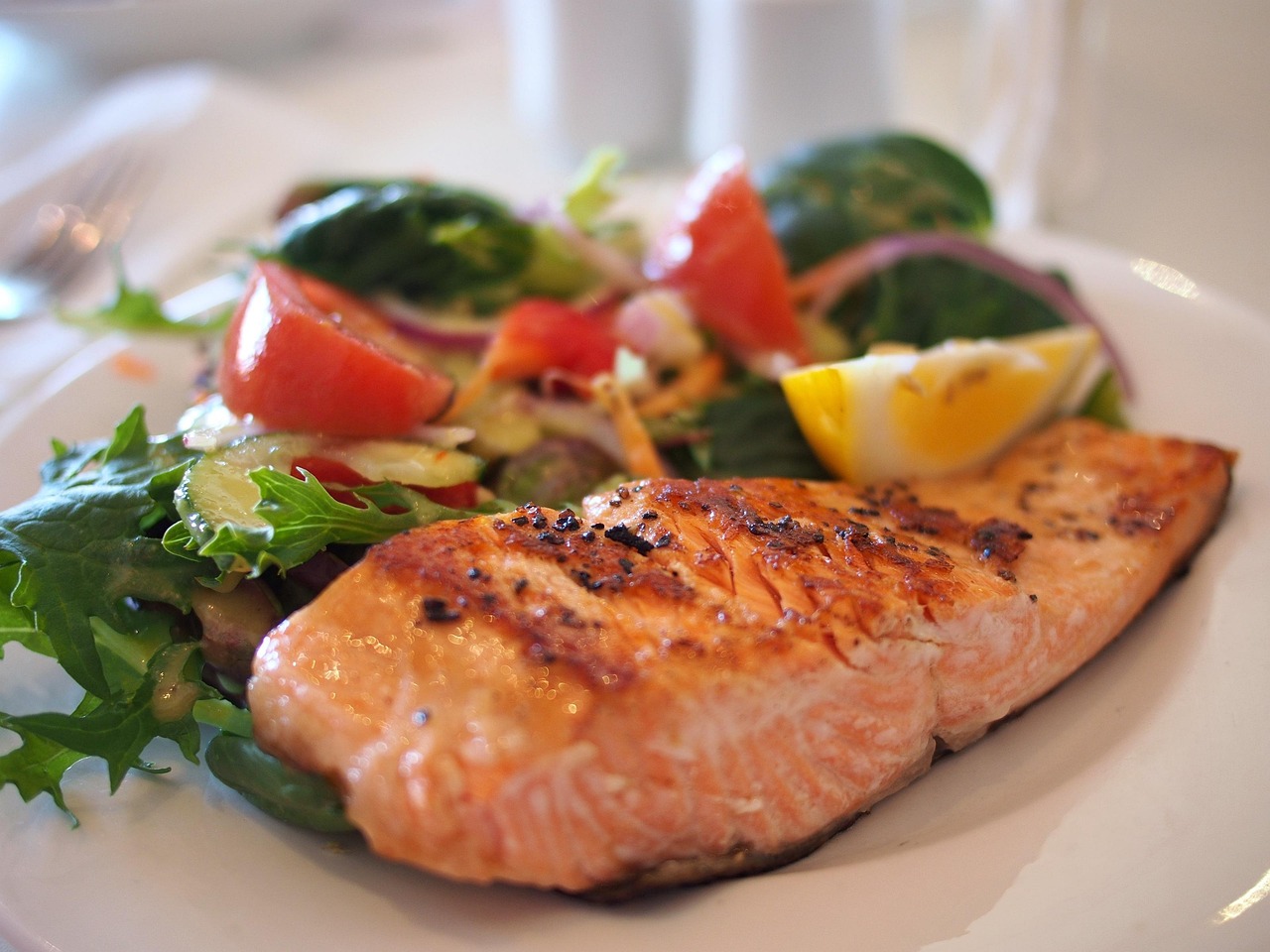
Oily fish is the best source of omega-3 fatty acids. It particularly provides EPA and DHA, which play a major role in reducing inflammation throughout the body.
People who regularly eat oily fish have lower levels of inflammatory markers such as C-reactive protein (CRP). These healthy fats support brain health, joint mobility, and heart function.
How to include it:
Enjoy grilled salmon with roasted vegetables, and add smoked mackerel to your lunch or salad. Also, you can try sardines on wholegrain toast. Aim for two portions of oily fish a week to reduce inflammation.
2. Berries (Blueberries, Strawberries, Raspberries)
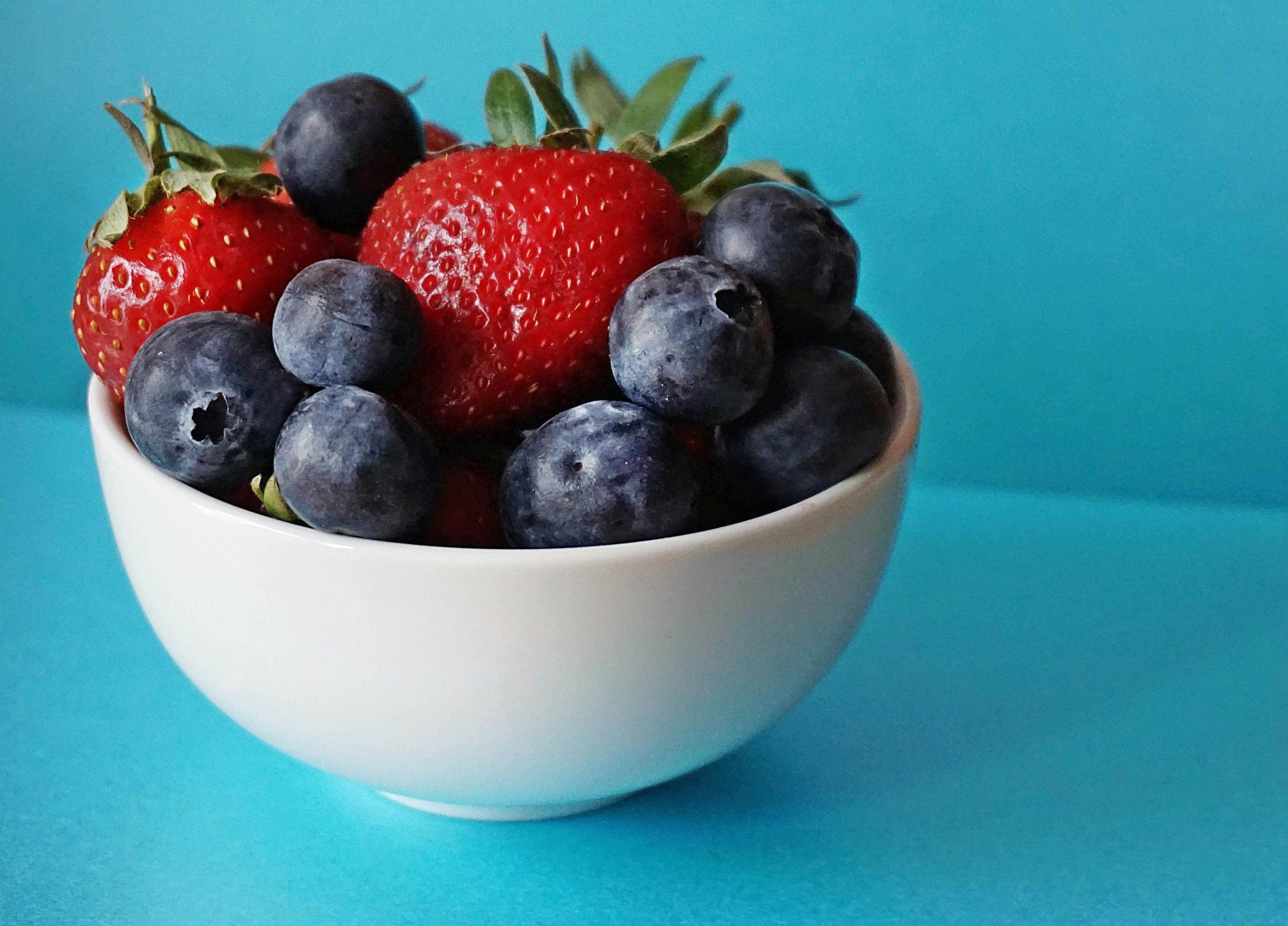
Small but super beneficial, berries are packed with antioxidants called anthocyanins. It helps protect cells from damage and reduce inflammation.
They’re also naturally high in fibre and vitamin C, making them great for immunity and digestion. Consuming berries regularly can improve heart health and better insulin sensitivity.
How to include them:
Toss a handful into your morning porridge, blend them into a smoothie, or enjoy it with Greek yoghurt. Frozen berries are just as nutritious as fresh, so they’re perfect for the British winters.
3. Leafy Greens (Spinach, Kale, Swiss Chard)
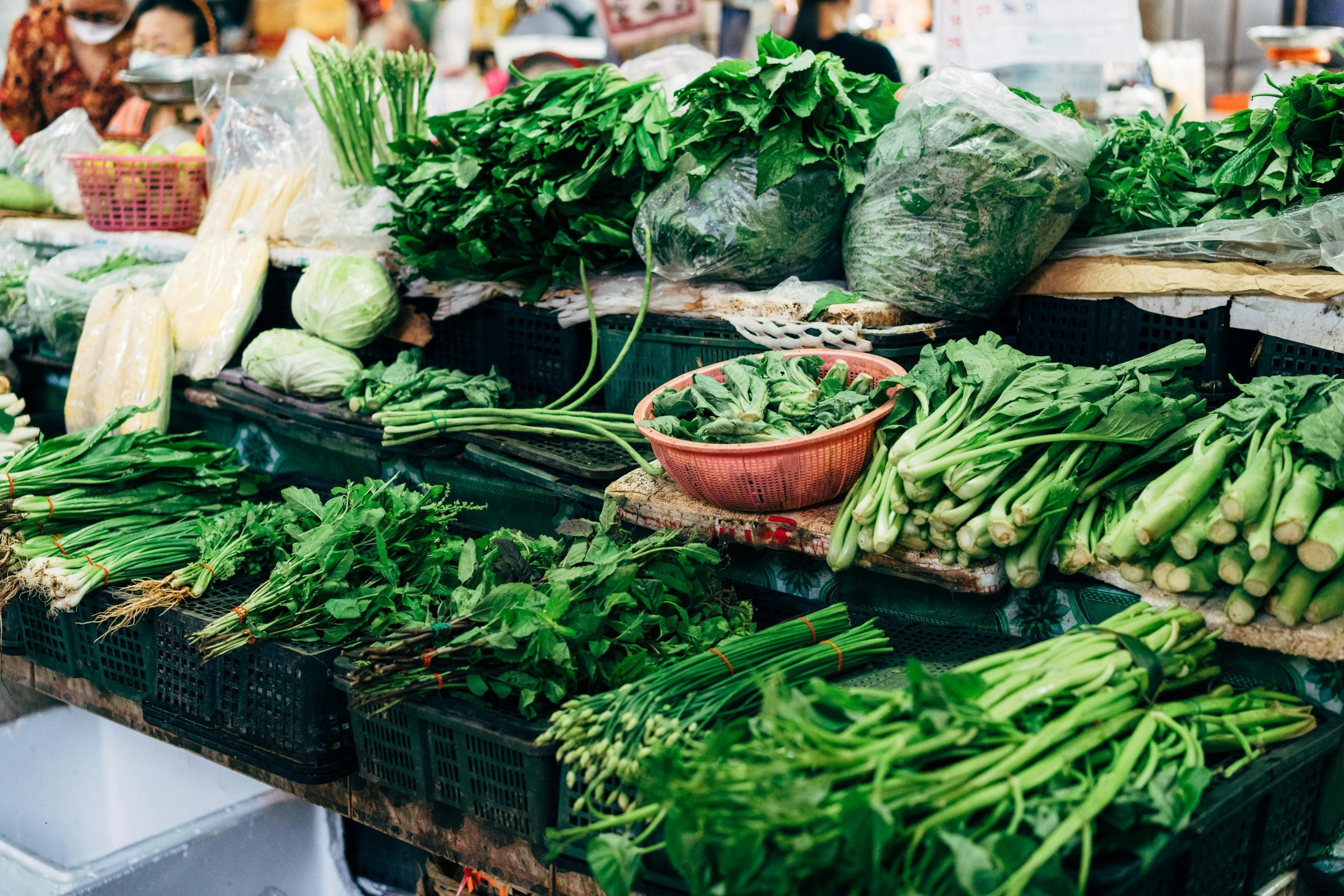
Leafy greens are true nutritional powerhouses. Packed with vitamin A, C, and K, calcium and plant-based compounds, leafy greens help reduce oxidative stress and inflammation.
Their high magnesium content also boosts muscle function and can even help with stress regulation.
Simple swaps:
Add spinach to your omelette, blend kale into a green smoothie, or sauté Swiss chard with garlic as a tasty side dish. The deeper the green, the greater the benefits.
4. Turmeric
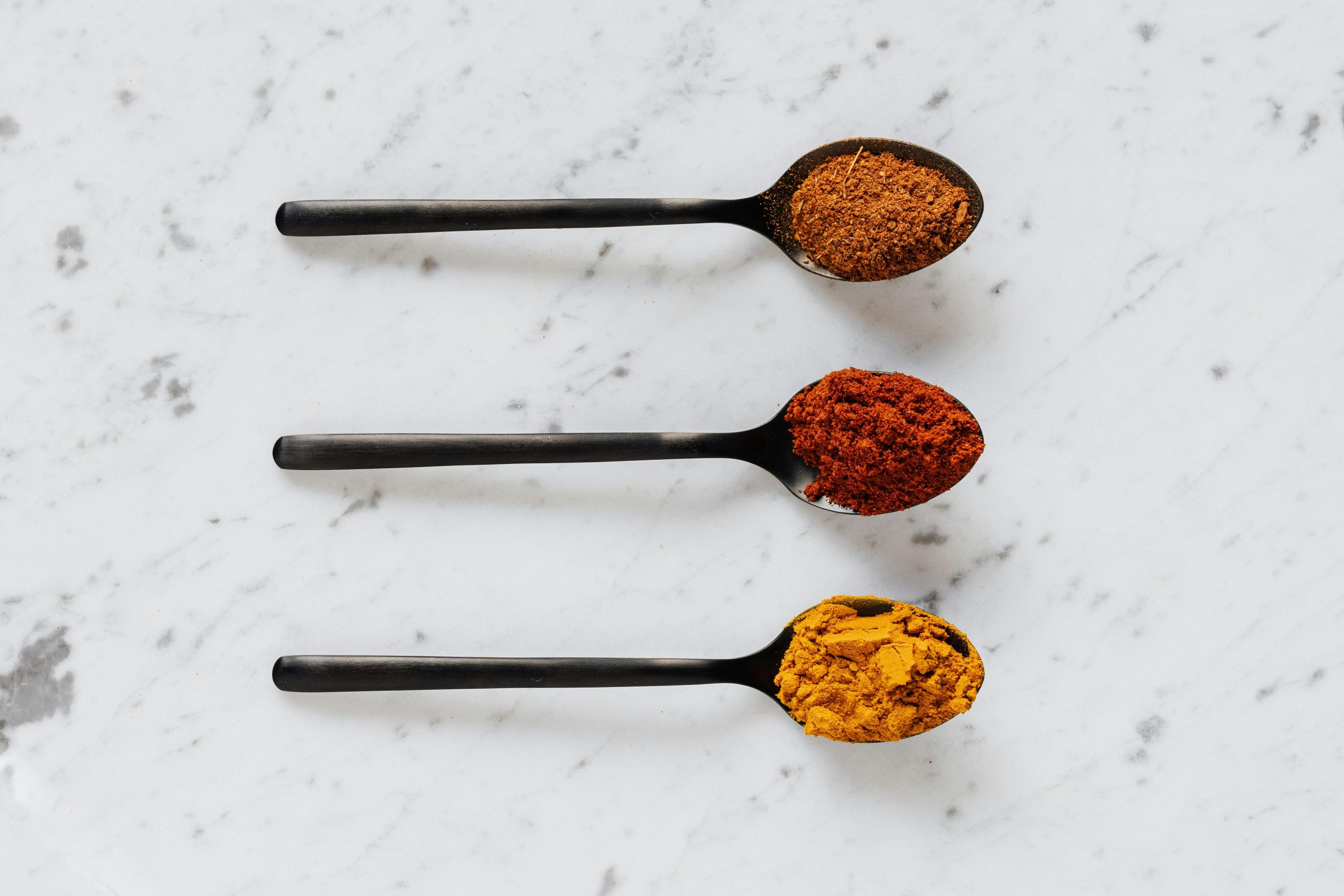
Turmeric is considered one of the best inflammation foods. This bright golden spice is commonly used in curries. Its active compound, curcumin, has been shown to lower inflammatory markers and may help ease symptoms of arthritis and joint pain.
However, curcumin is not easily absorbed on its own. You must pair with a pinch of black pepper (which contains piperine) to boost absorption significantly.
How to use it:
Add turmeric to soups, curries, or roasted vegetables. If you’re looking for something that relaxes your mind and reduces inflammation, then prepare a “golden milk”: warm milk (dairy or plant-based) with turmeric, black pepper, and add a little bit of honey to it.
5. Extra Virgin Olive Oil
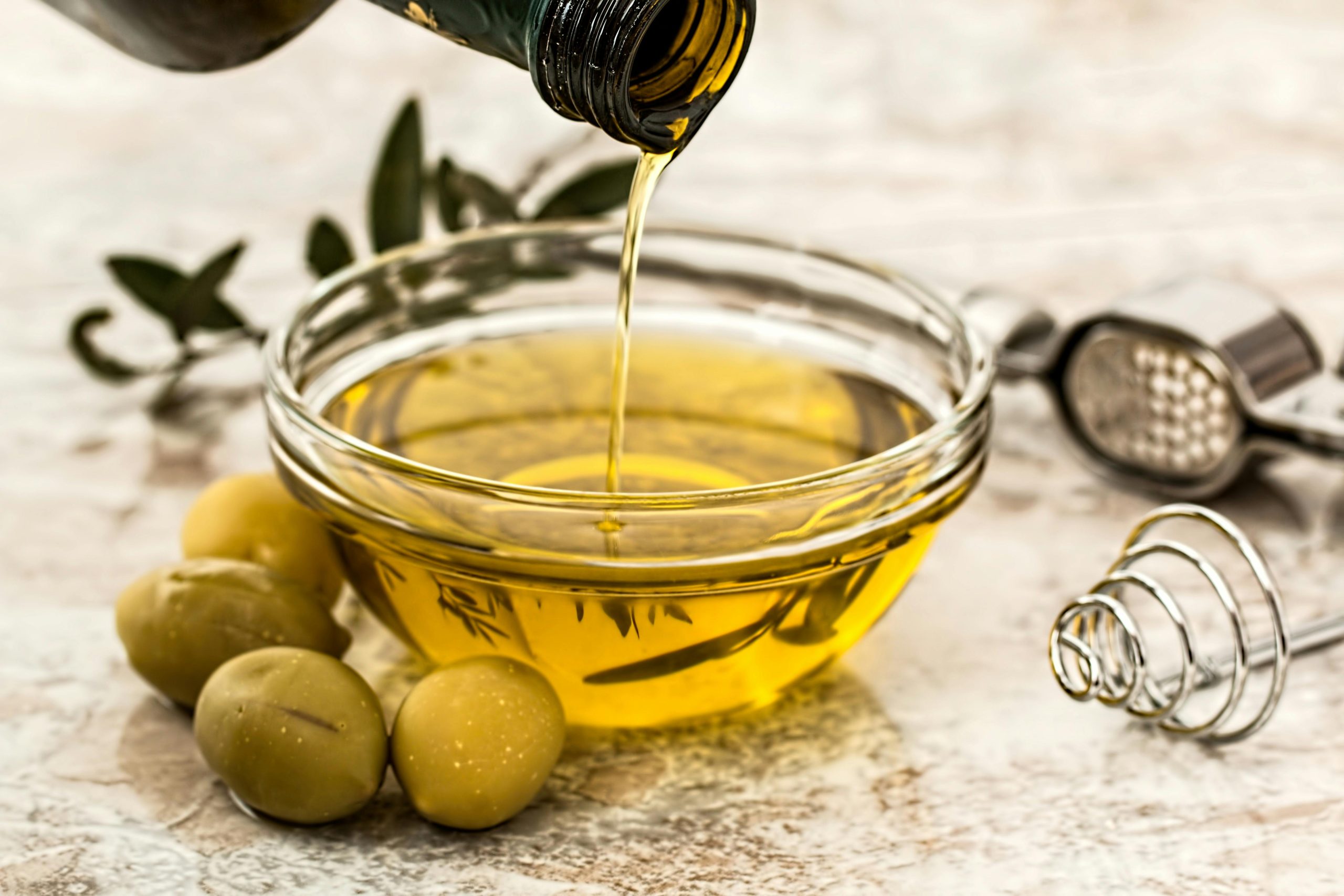
A staple of the Mediterranean diet, extra virgin olive oil (EVOO) is rich in monounsaturated fats and antioxidants known as polyphenols. These compounds help reduce inflammation and protect your blood vessels.
Regular use of olive oil can lower the risk of heart disease and improve cholesterol levels.
How to include:
You can add olive oil to your salad dressing. Also, you can drizzle over cooked dishes instead of adding to heavy sauces. Try to avoid overheating it; olive oil is best used raw or less heated.
6. Green Tea
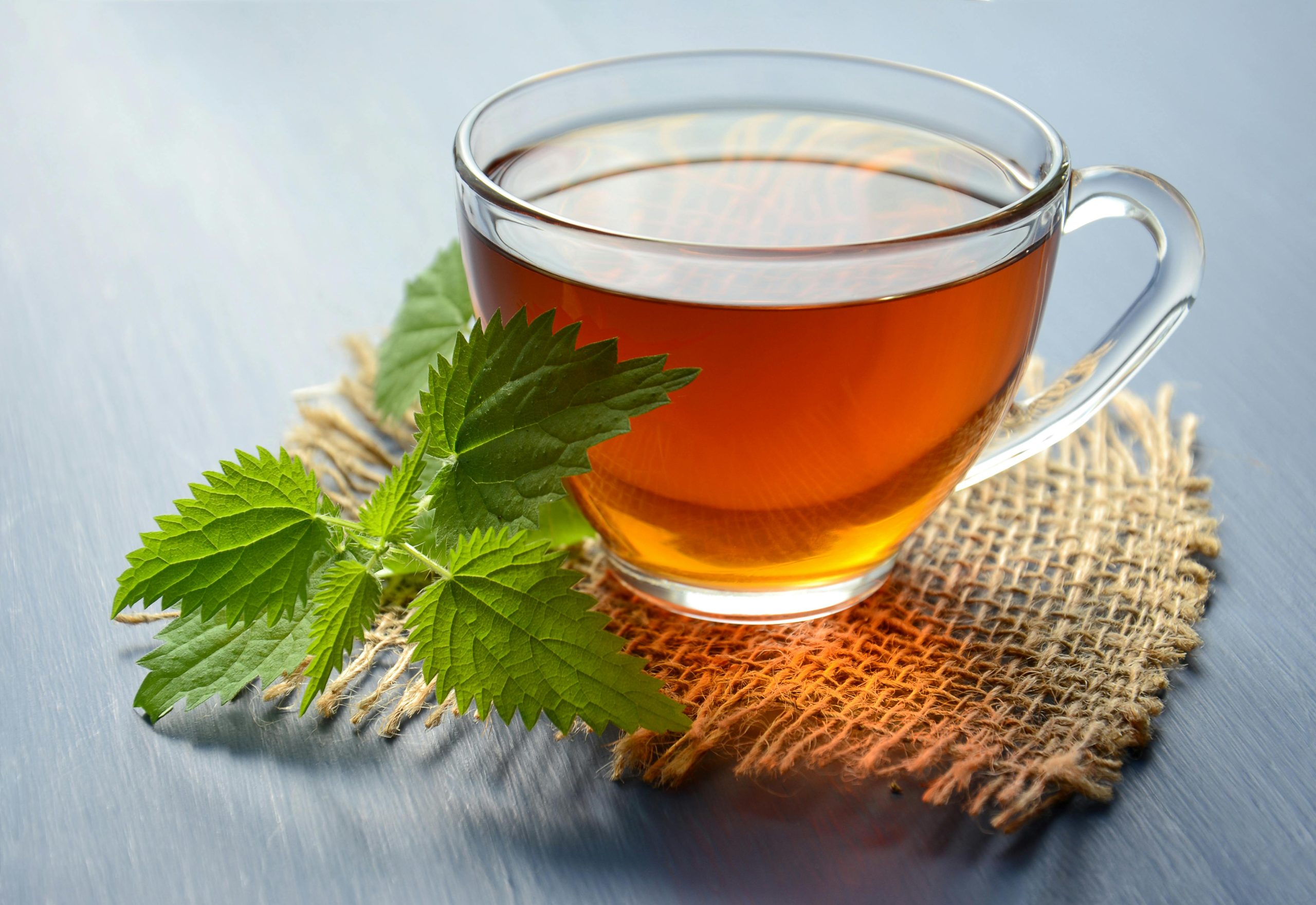
Green tea is popular in Asia and is gaining popularity in the UK. People of Britain now consider green tea over British tea. Green tea consists of antioxidants such as epigallocatechin gallate (EGCG), which has potent anti-inflammatory effects.
It can help protect cells from damage, support brain function, and even boost metabolism.
How to enjoy:
Sip a cup mid-morning or afternoon for a gentle energy boost. If you’re not keen on the taste, try flavoured blends such as jasmine or mint green tea.
7. Nuts (Almonds, Walnuts, and More)
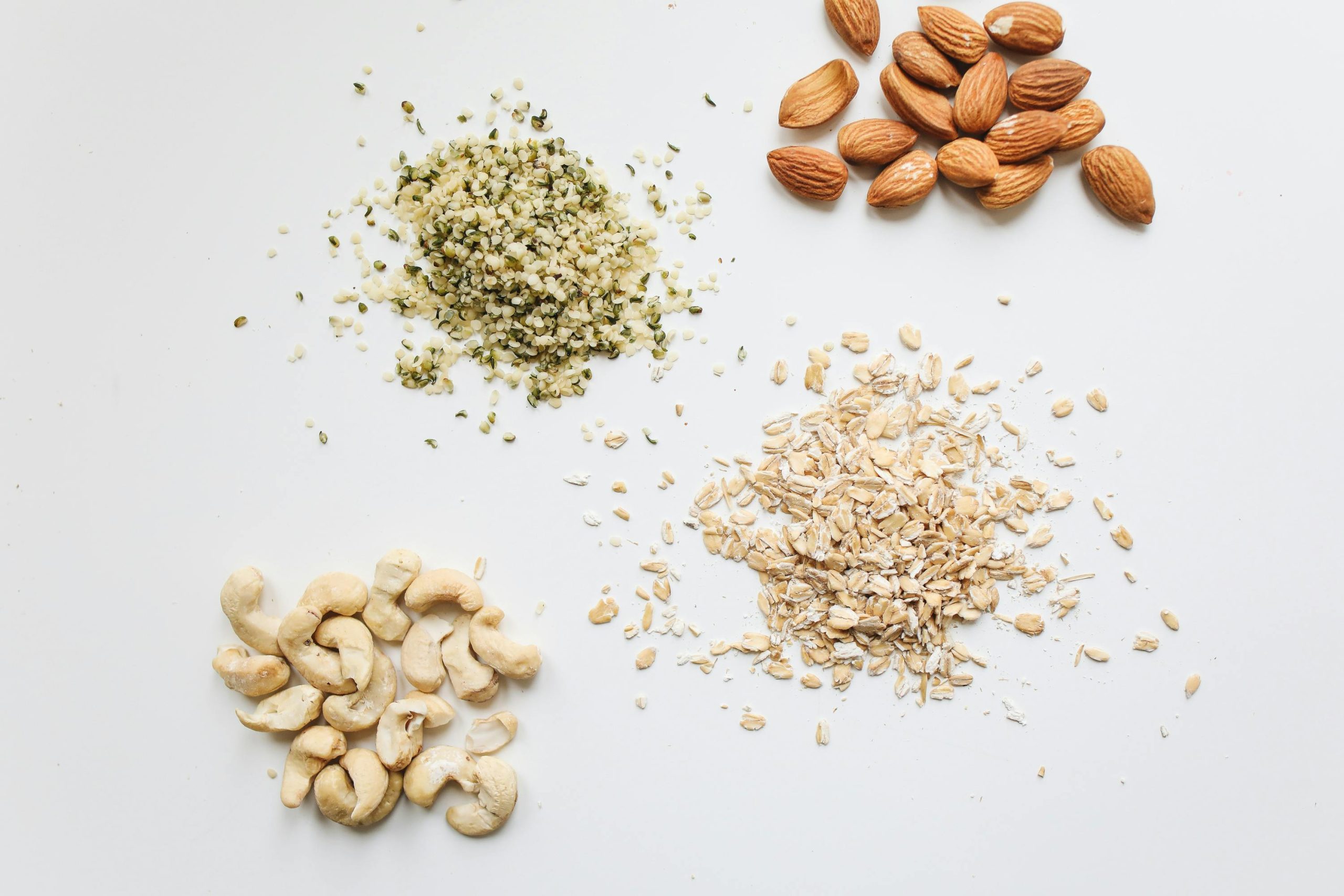
Nuts are small nutritional packages loaded with healthy fats, fibre, and minerals like magnesium and zinc, which are essential to reduce inflammation.
Walnuts, in particular, are rich in alpha-linolenic acid (ALA), a plant-based omega-3. Eating nuts regularly can lower levels of inflammatory markers and support heart health.
How to add them:
Grab a quick snack and enjoy unsalted walnuts, sprinkle chopped walnuts over porridge, or stir almonds into yoghurt. Just remember, eating moderately is the key, as nuts are calorie-dense.
8. Tomatoes
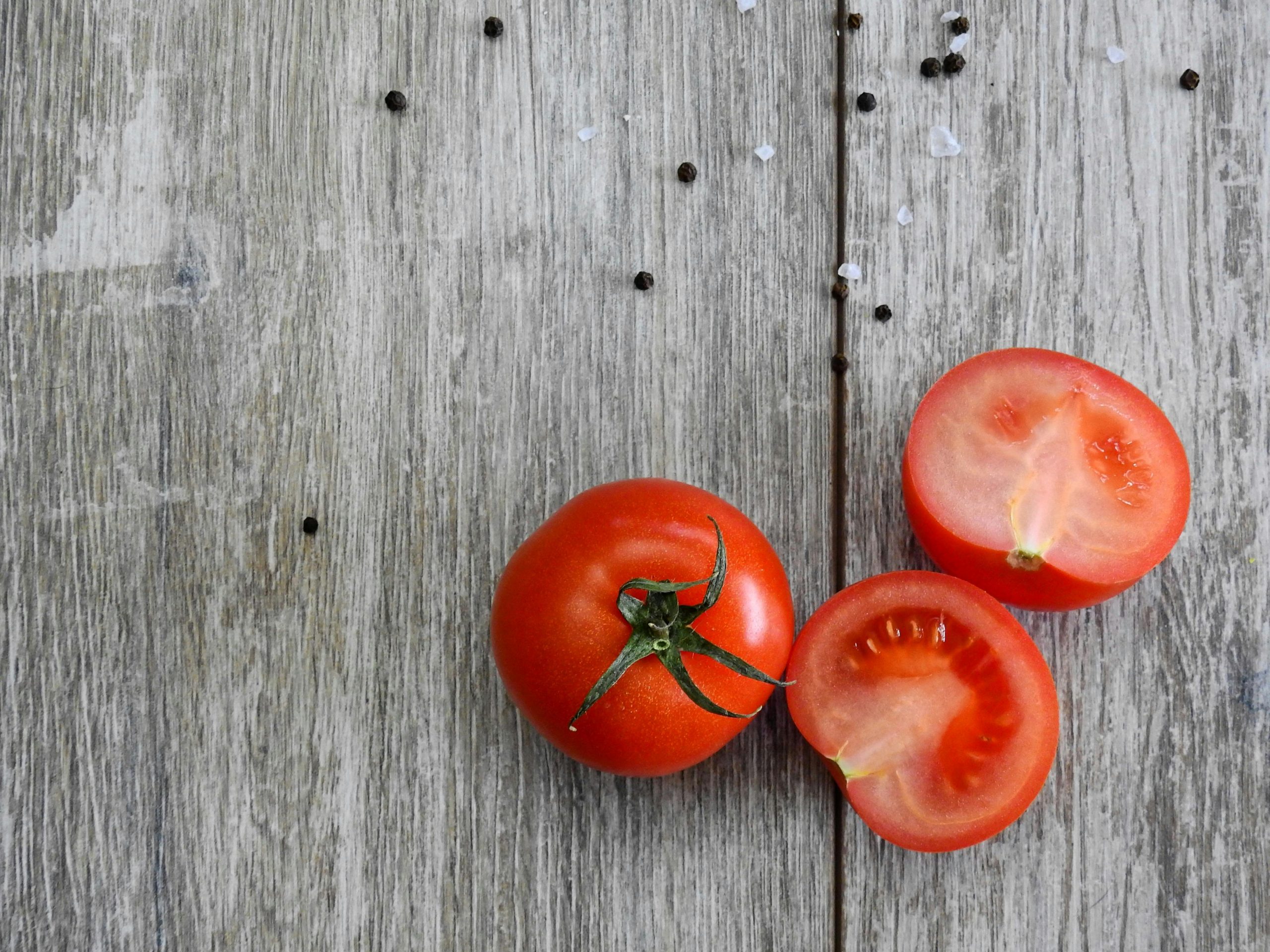
Juicy, versatile, and delicious in taste! Tomatoes are a brilliant source of lycopene. These tiny fruits provide antioxidants that help combat inflammation and oxidative stress. Cooking tomatoes actually increases the availability of lycopene, so you can try options like tomato soup or red pasta sauce to make your cuisine more delicious.
Best enjoyed with:
A drizzle of olive oil, the healthy fats help your body absorb lycopene more effectively. Try roasted cherry tomatoes on toast, homemade tomato sauce for pasta, or a simple Caesar salad with mozzarella and basil.
9. Ginger
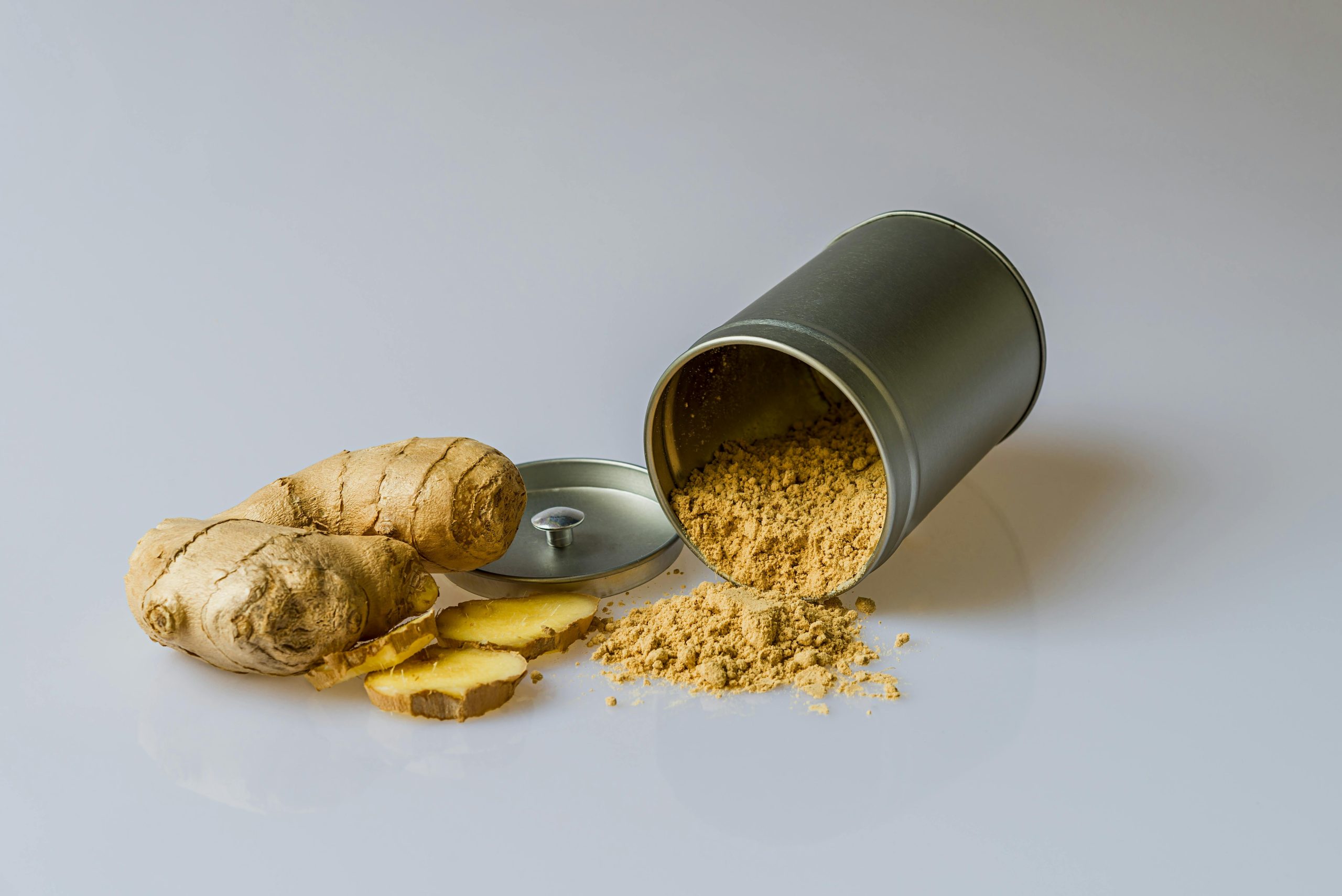
Ginger has been considered the best food and medicine for centuries. It contains powerful compounds called gingerols and shogaols, which have anti-inflammatory and antioxidant effects.
It’s especially helpful for soothing muscle soreness, easing digestion, and relieving nausea.
Best way to include it:
Grate fresh ginger into stir-fries, add slices to hot water with lemon for a comforting green tea, or blend it into smoothies. Dried or powdered ginger also works beautifully in baking.
10. Dark Chocolate (70% Cocoa or Higher)
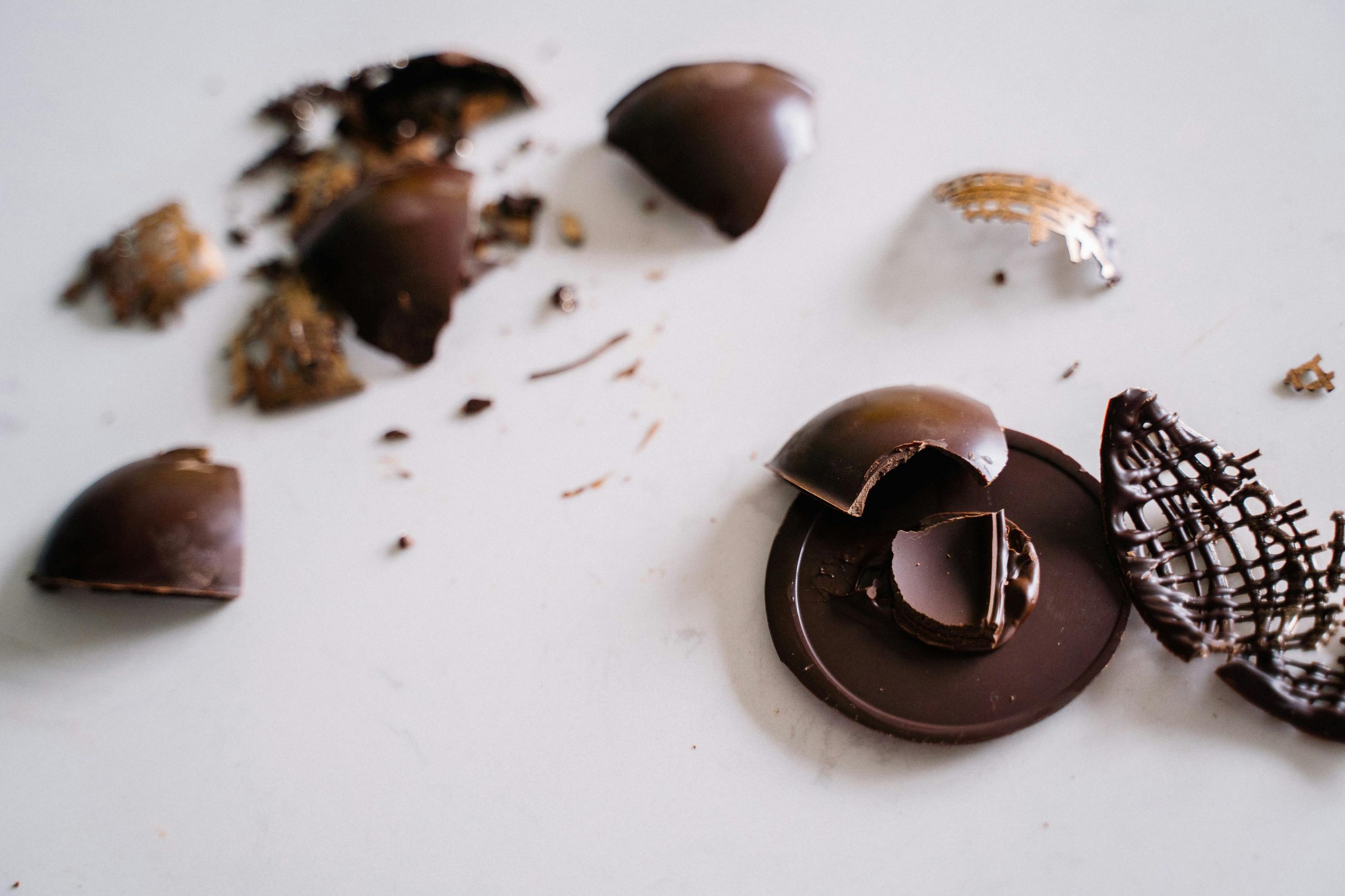
Yes, dark chocolate that’s at least 70% cocoa is rich in flavonoids, compounds that can lower inflammation and improve blood flow.
High-quality dark chocolate is also good for your heart and helps manage stress levels.
How to include it:
You can start having a small square after dinner to enjoy the abundant benefits. Only consume chocolate bars with minimal added sugar and simple ingredients like cocoa, cocoa butter, and a touch of sweetness.
6 Tips for Building an Anti-Inflammatory Diet
Lowering inflammation means eating in a mindful manner. It’s all about how you balance and stay consistent with your diet plan. Here’s how to make it work in everyday life:
1. Portion Your Plate
The more colourful your meals, the more antioxidants you’ll get. Add as many colourful fruits and vegetables each day for healthy eating. However, eating less can impact your energy levels. Therefore, it’s important to avoid these weight loss mistakes and eat a balanced diet to avoid inflammation.
2. Choose Whole, Unprocessed Foods
Swap refined carbs and processed snacks for whole grains, beans, pulses, and fresh produce.
3. Prioritise Healthy Fats
Include sources like olive oil, avocado, nuts, and oily fish. Limit vegetable oils that are high in omega-6 (such as sunflower oil) and trans fats.
4. Keep an Eye on Sugar
High sugar intake can spike inflammation. Look out for sugar alternatives like fruit, or drizzle honey or maple syrup.
5. Stay Hydrated
Drink plenty of water or herbal teas. Green tea, chamomile, and ginger tea all add extra anti-inflammatory benefits.
6. Balance Lifestyle Factors
Diet is only one side of the picture. You must adopt a healthy lifestyle, such as exercise, good sleep, and stress management, all help keep inflammation in check.
Quick Daily Anti-Inflammatory Diet
Breakfast:
For a nutritious breakfast, you can start with a bowl of porridge. Add in oats, almond milk, and mixed berries, topped with walnuts and a drizzle of honey.
Lunch:
Keep things light and healthy for lunch: salmon and kale salad with cherry tomatoes, avocado, and olive oil dressing.
Snack:
Snacking doesn’t have to be unhealthy or complicated. You can start with a handful of nuts and enjoy it with green tea to keep the energy levels balanced.
Dinner:
Finish your day with a healthy and light dinner. Lentil and vegetable curry with turmeric and ginger, served with brown rice, is a perfect meal at night.
Dessert:
Spoil yourself with a small treat! Eat a square of 70% dark chocolate and fresh raspberries to complete the meal.
Final Word
Inflammation may be part of life, but you can easily overcome it with healthy eating. Making a few smart swaps, adding more oily fish, colourful veg, and antioxidant-rich foods can help your body find its natural balance again.
These ten foods aren’t just “superfoods” in name; they’re everyday ingredients that can make a great difference to your energy, mood, and long-term wellbeing.
So next time you’re at the supermarket, pop a few of them into your basket, and start noticing how small, nourishing choices can transform your health.

